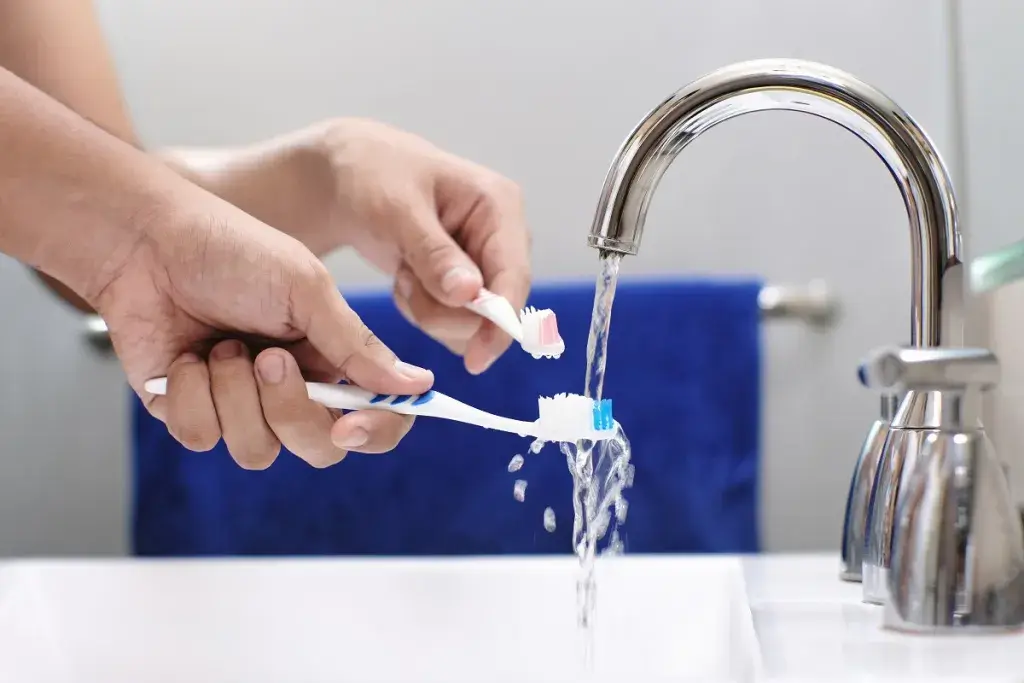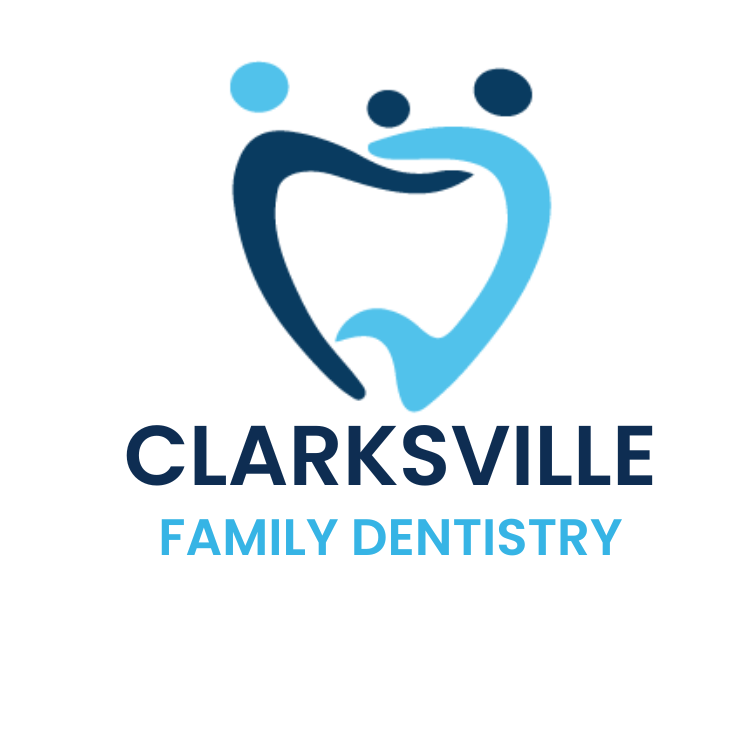
Tips for Keeping Your Toothbrush Clean
Is your toothbrush truly keeping your mouth pristine? Even with consistent brushing and flossing as recommended by your dentist, a neglected toothbrush can thwart your efforts to combat bacteria. Surprisingly, the appearance of cleanliness doesn’t equate to actual cleanliness. In fact, a seemingly spotless toothbrush can harbor over a million microscopic bacteria. Let’s explore some essential practices to ensure your toothbrush remains clean, enhancing your oral hygiene regimen.
1. Rinse and Air-Dry:
Simple yet crucial, basic toothbrush upkeep goes a long way in maintaining cleanliness. After each use, thoroughly rinse your toothbrush with hot water, ensuring all residual toothpaste and debris are removed. Avoid sealing a wet toothbrush in a closed container, as it needs to air-dry to prevent bacterial growth.
2. Sanitize with Solutions:
For a deeper clean, consider sanitizing your toothbrush with a solution. Dip your toothbrush in a mixture of one teaspoon of hydrogen peroxide in one cup of water, or opt for swishing it in antibacterial mouthwash for at least 30 seconds. Rinse thoroughly with water afterward and allow it to air-dry.
3. Harness UV Sanitizers:
Embrace modern technology with UV sanitizers, which utilize ultraviolet rays to eliminate germs from your toothbrush. While highly effective, be mindful that extended UV exposure may compromise the longevity of your toothbrush. Nevertheless, UV sanitizers offer an additional layer of assurance for maintaining a hygienic toothbrush.
4. Regular Replacement:
Even the most diligently cleaned toothbrushes lose their efficacy over time. The bristles inevitably wear out after months of use, diminishing their ability to clean effectively. Experts recommend replacing your toothbrush every 3-4 months to ensure optimal cleanliness and functionality.
5. Avoid Sharing:
While sharing is caring in many aspects, sharing a toothbrush is a definite no-go. This practice can inadvertently transfer bacteria between individuals, posing potential health risks. Furthermore, if someone’s gums bleed during brushing, sharing a toothbrush could expose you to additional pathogens.
Conclusion:
Maintaining a clean toothbrush and adhering to regular replacement schedules are fundamental steps in enhancing your oral health. A fresh, functional toothbrush ensures efficient plaque removal and reduces the risk of bacterial contamination. Implement these strategies today for a healthier smile, and consult your dentist for further guidance on optimal dental care practices.
